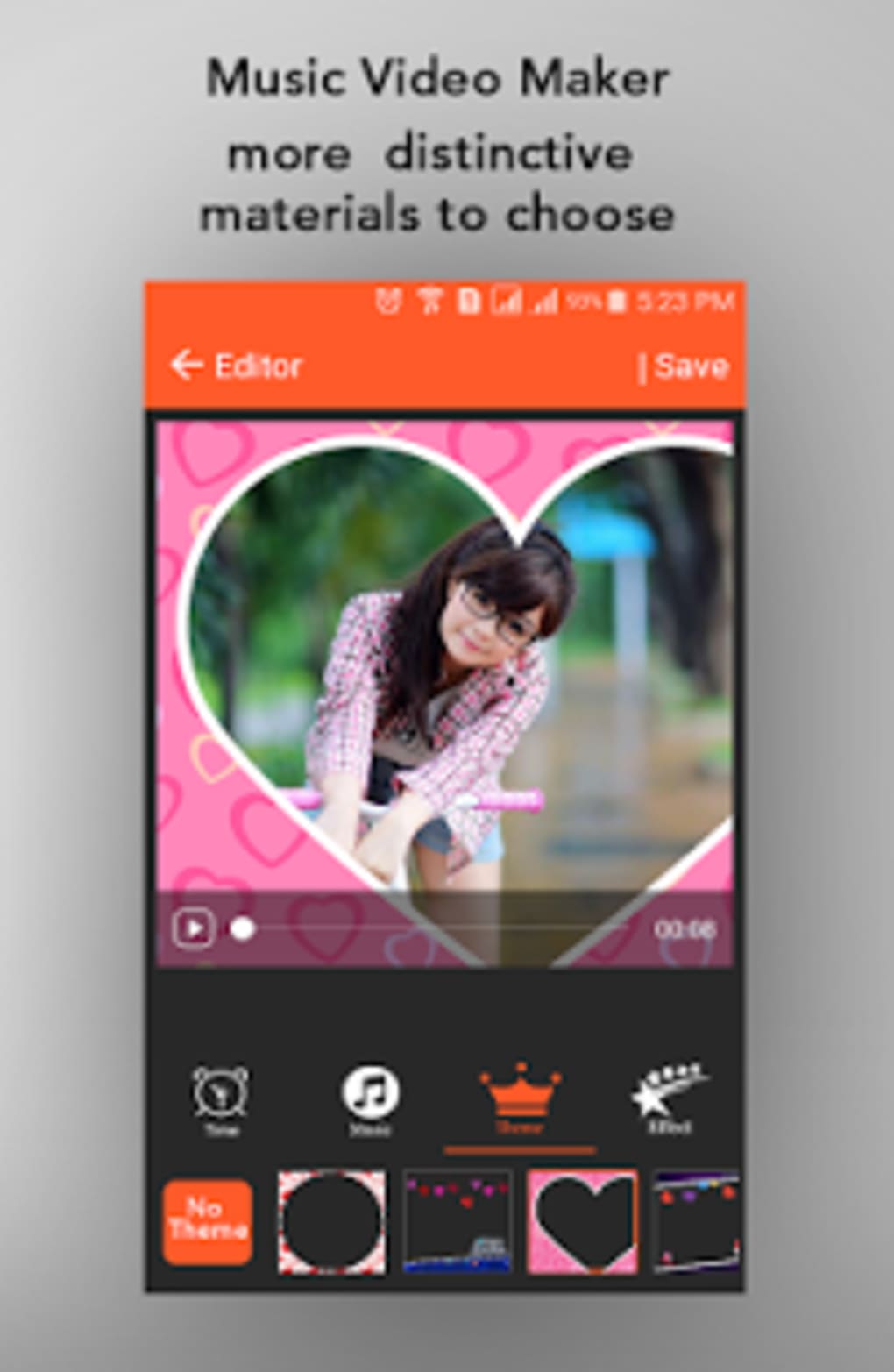


I’ll want to group my fixed elements together so that students are less likely to move them by accident. For example, if I decide to make a staff for students to write melodic patterns, I might use 5 horizontal lines as my fixed element. These are any parts of the slide that I want pre-set, parts that won’t change at all and students will not move. When I set up interactive manipulatives, I always start by thinking about fixed elements. Here’s how to get your blank slide and get started: Because students will need to see fine details on the slide in order to know where to interact with them, a basic, white background is the easiest. While Google Slides has some great Themes to use for slides, I find that for manipulatives, the simpler the better. Rhythm composing slides that allow students to move rhythm symbols from a note bank up to lines to create their own rhythmic patternįor all these ideas, I’d suggest starting with a blank slide.A music staff with notes for students to place, or a pre-done staff with notes on it and letter labels for students to move to the right notes.Pictures for students to sequence to determine the order of parts of a song (for example, in the children’s song Little Rooster, I have pictures for different animals students can pick to sing next, and we put them in order as we go through the song).Here are a few example ideas to start with: You can make nearly any kind of manipulative you’d like in Google Slides. After having a dozen bingo chips get lost in a single hour, I decided I needed a modern way to give students the same experience of putting notes on the staff without the messy small pieces of plastic. I got the idea to start making these after becoming frustrated with dealing with supplies for a physical manipulative that I often used – giant staff paper and bingo chips. They will move shapes, pictures, or text in order to demonstrate their understanding of a music concept. What do I mean by interactive manipulatives? I’m talking about more than just lecture slides, but rather slides that students will actually do something with. Many of the principles discussed in this article can also be used within PowerPoint and Keynote, so don’t be discouraged if you prefer a software-based solution to making slides! It is easy to use, and allows for collaboration and sharing of files within the Google system. Google Slides is an online slide deck creator that is part of Google Apps and Google Apps for Education. Today we’ll look at how to use Google Slides to make interactive manipulatives to use with students. I wrote about some of them in a previous Midnight Music blog post, and Katie wrote about using Google Slides to create teaching resources here. There are so many uses for Google Slides in the classroom. This is a guest post by one of our blog writers, Sarah Joncas.


 0 kommentar(er)
0 kommentar(er)
